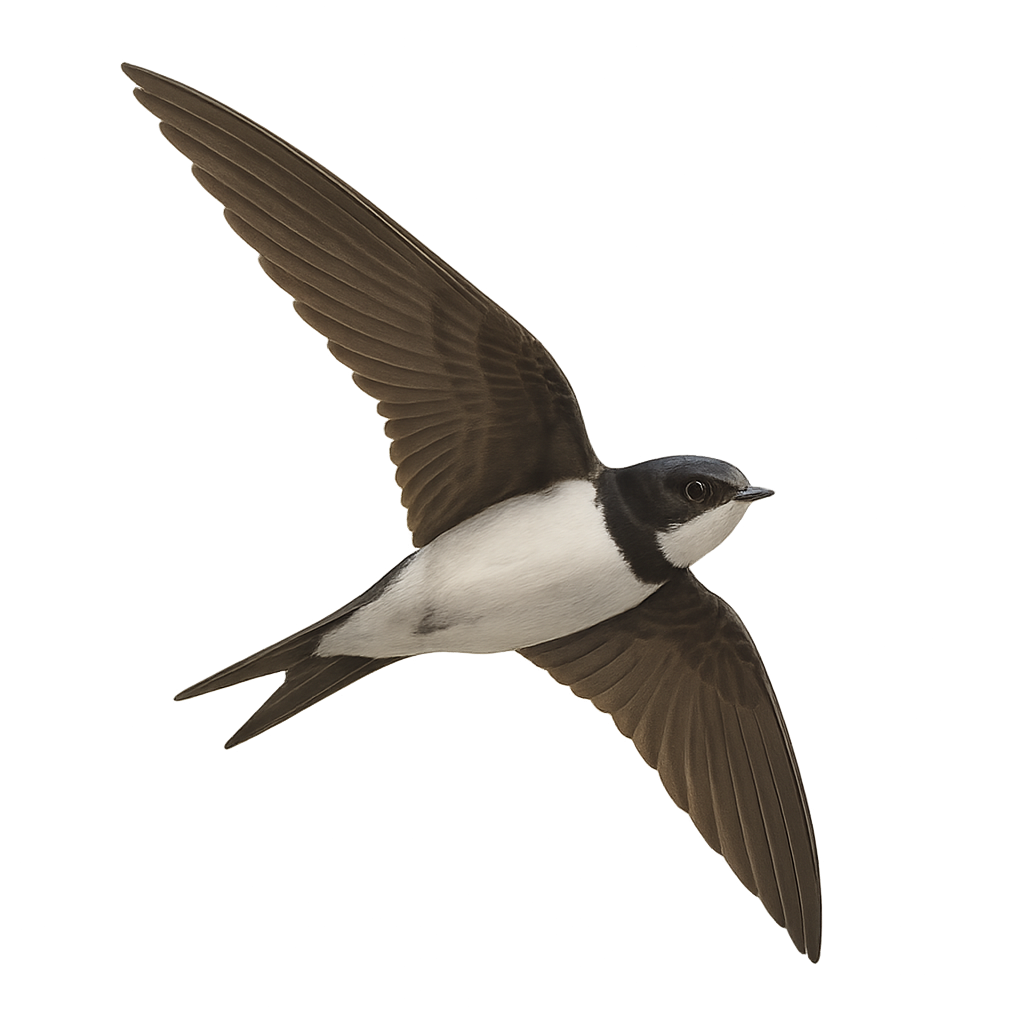Observe and photograph a species in its natural habitat
Learn where and when to observe a species in the wild, how to recognize it in the field, and what habitats it lives in. Get photography tips adapted to its behavior and capture stunning images without disturbing the animal. For full details, open the complete profile in the WildlifePhotographer app.
Alpine Swift
Scientific name: Tachymarptis melba

IUCN Status: Least Concern
Family: APODIDAE
Group: Birds
Shyness: Suspicious
Safe distance: 30 m
Breeding season / Courtship: 15.03-15.10
Gestation: 19 à 21 jours
Births: 15.04-15.11
Habitat:
Cliff faces, gorges, sometimes urban buildings
Description:
The Alpine Swift is a large swift measuring between 20 and 23 cm in length, with a wingspan of 51 to 58 cm. It has a white belly and throat, separated by a brown pectoral band, and a brown-gray back. It is often confused with the Common Swift, but it is larger and more robust. A migratory species, it winters in tropical Africa and returns to Europe between March and April. It primarily nests in inaccessible rock cavities but can also occupy urban sites. It feeds exclusively on insects captured in flight, often at high altitudes. It is monogamous, and pair bonds can last over ten years. In Switzerland, it is present from late March to late October. A protected species, it is considered potentially threatened due to the loss of its natural nesting sites.
Recommended lens:
>=400 mm
Photography tips:
Use a telephoto lens to photograph the Alpine Swift, especially during its courtship displays or when hunting insects at high altitudes. Favor soft morning or evening light to capture the details of its plumage. Be patient and discreet to observe its natural behaviors.
Ready to take action?
Choose your platform and start your free trial today



